Agrohydrometeorology
Agrometeorological observations make it possible to establish the relationship of weather with the growth (development) of crops, the conduct of field agricultural work and the application of various agricultural techniques. At present, agrometeorological observations in the republic are conducted by 45 observation points. Observation points conducting agrometeorological observations on the territory of the republic are arranged in such a way that they make it possible to cover the main agricultural areas of Belarus with agrometeorological observations and to have an idea of the conditions for the growth of crops throughout the territory. The stations conduct agrometeorological observations of 4-6 main crops (winter and spring cereals, rape, potatoes, flax, grass, etc.) with instrumental determinations of soil moisture in 3-5 fields. The agrometeorological observation program includes observations of the main parameters of the crops: the development phase, assessment of the state, height and density, crop structure, weight gain (grasses, potatoes, beets), damage. In the cold period, observations are made of the soil temperature at the depth of the tillering node of wintering crops, the depth of soil freezing. To assess the conditions of wintering and the vitality of wintering crops, samples of plants are selected on the observed fields to grow them. In spring and autumn, to check the condition of winter crops and during periods of abnormal weather conditions, agricultural crops are surveyed along a certain route, mainly in the area of the station's location, capturing the territory of the attached areas. Agrometeorological stations conduct special observations (agro-hydrological properties of the soil), test new instruments and methods of observation.
Agrometeorological information from the observer's computer in the form of daily and ten-day telegrams is transmitted via the communication lines to the branches of Belhydromet (regional hydromets), and then through the communication and telecommunications center to the computer of the specialist of the agrometeorologist Belhydromet and used for operational agrometeorological services. The results of agrometeorological observations form the basis of analytical agrometeorological information and agrometeorological forecasts. Generalized material from the entire state network of hydrometeorological observations is issued in the form of agrometeorological yearbooks. Based on the materials of agrometeorological yearbooks, scientific and applied reference books on agroclimatic resources of the Republic of Belarus are compiled. Agroclimatic handbooks contain information on the agroclimatic resources of the territory of the republic, the most unfavorable weather phenomena for agriculture, the conditions of field work, wintering and growing of agricultural crops, as well as their assessment in relation to the requirements of agricultural production. The climate change observed in recent decades and the increase in the number of abnormal agroclimatic phenomena lead to the need to study the effect of these changes on agriculture in order to minimize the losses of agricultural production from weather conditions, and for this, agrometeorological information must be interpreted correctly.
Agrometeorological observations are used:
- when assessing the agroclimatic resources of the territory of the republic in conditions of modern climate change;
- with a long-term planning of agricultural production;
- when planning current activities in agriculture (current planning, agrotechnical, reclamation and other measures);
- when developing measures for rational use of favorable and overcoming (weakening) unfavorable agroclimatic conditions;
- developing methods for agrometeorological forecasts;
- for scientific research.
Specialized sites
Informational resources
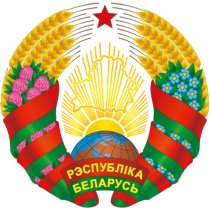 State Symbols of the Republic of Belarus
State Symbols of the Republic of Belarus
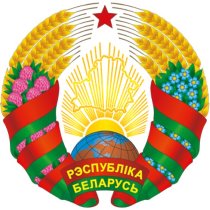 The National Legal Internet Portal of the Republic of Belarus
The National Legal Internet Portal of the Republic of Belarus
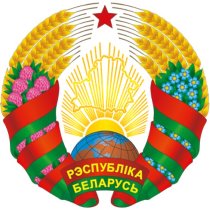 The Ministry of Natural Resources and Environmental Protection of the Republic of Belarus
The Ministry of Natural Resources and Environmental Protection of the Republic of Belarus
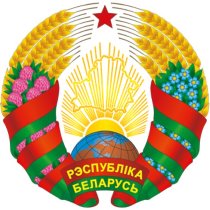 The Official Internet Portal of the President of the Republic of Belarus
The Official Internet Portal of the President of the Republic of Belarus
 The Portal for Rating Assessment of the Quality of Services Provided by Organizations in the Republic of Belarus
The Portal for Rating Assessment of the Quality of Services Provided by Organizations in the Republic of Belarus
 The CIS Interstate Council for Hydrometeorology (CIS ICH)
The CIS Interstate Council for Hydrometeorology (CIS ICH)
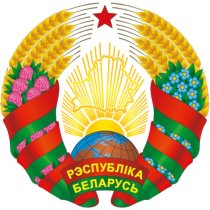 Information Analysis Portal of the Union State
Information Analysis Portal of the Union State
 The Union State Committee on Hydrometeorology and Environmental Contamination Monitoring
The Union State Committee on Hydrometeorology and Environmental Contamination Monitoring
 The Internet Portal "The Youth of Belarus"
The Internet Portal "The Youth of Belarus"







